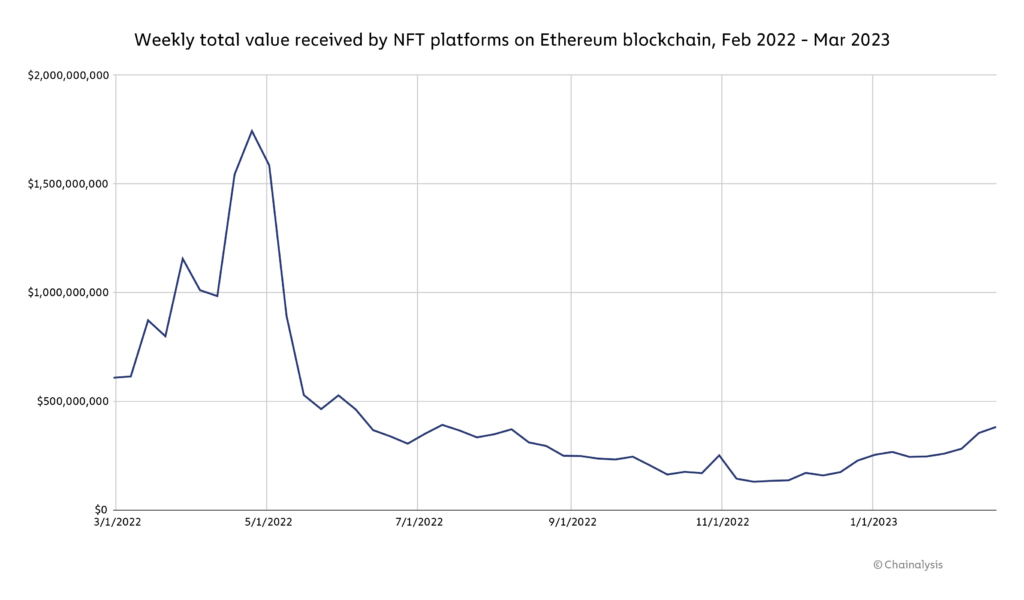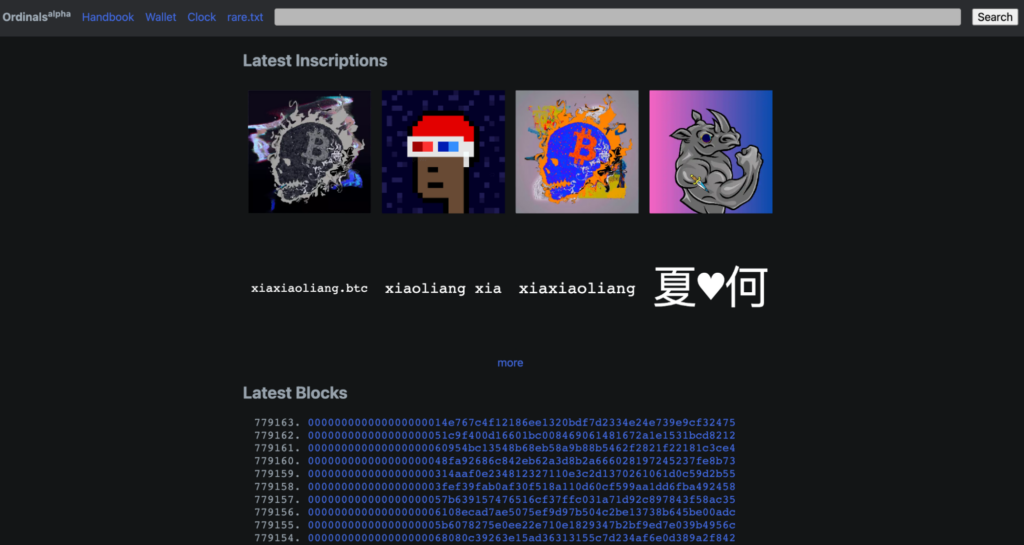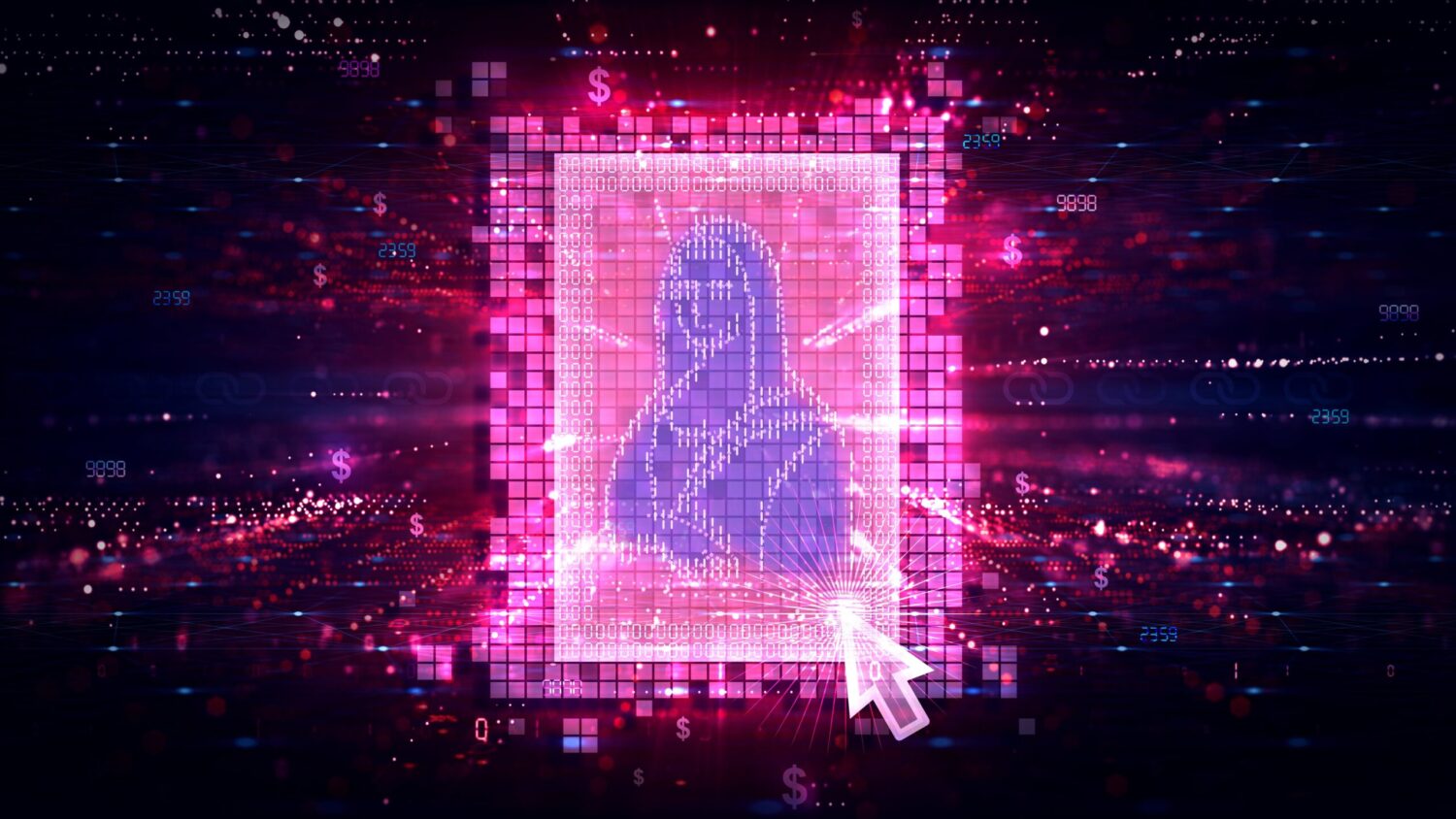Since its introduction in Satoshi Nakamoto’s renowned 2008 white paper, Bitcoin (BTC) has challenged traditional monetary systems, introduced trustless networks, and inspired innovation in the digital ecosystem. Despite Bitcoin’s diverse use cases, it is primarily viewed as either “digital gold” for inflation mitigation or a currency alternative that lets participants transact in a decentralized, peer-to-peer (P2P) environment. It typically has not been viewed as the blockchain on which you can build.
But now, with the launch of the Ordinals protocol, developers are able to innovate on top of the Bitcoin blockchain by creating inscriptions on individual units of Bitcoin, which can function similarly to the NFTs (non-fungible tokens) found on blockchains like Ethereum (ETH). This opens a realm of possibilities. A new value proposition on the oldest and most secure blockchain provides new functionality for the network, and is likely to attract innovators.
In this article, we’ll explore the launch of the Ordinals protocol, how Ordinals work, how they differ from traditional NFTs, and statistics about Ordinals transactions.
Ordinals’ origins
Developers have been working on enhancements to the Bitcoin network for nearly a decade, focusing on additional exchange features and financial instruments. Years before the term NFT became mainstream, cryptographer Meni Rosenfeld released a white paper in 2012, detailing the concept of Colored Coins – segregated Bitcoins that would be colored according to their unique purpose. In 2014, Layer 2 protocol Counterparty enabled the minting and trading of digital collectibles on Bitcoin. Similarly, the Stacks network was launched in 2017 to facilitate Bitcoin smart contract deployment for more efficient transactions. Regardless, many such protocols lost popularity and developers turned to the Ethereum network to work on Layer 2 tokens and decentralized applications (Dapps).
But that changed this year. On January 21, 2023, developer Casey Rodarmor launched Ordinals to provide added functionality to the Bitcoin blockchain and “MAKE BITCOIN FUN AGAIN.” Ordinals is a Layer 1 protocol that introduces transformative blockchain technology to inscribe content and new functionalities onto Bitcoin itself. The idea for Ordinals came about during the Bitcoin Taproot upgrade in November 2021, which was also the catalyst for Taro, a Layer 2 protocol that facilitates asset issuance on Bitcoin, transferred over the Lightning Network. Since then, Ordinals have sparked discussions about network scalability and Layer 2 potential.
How do Bitcoin Ordinals work?
Inspired by the mathematical concept of ordinal numbers, Ordinals are chronologically inscribed on a satoshi, the smallest unit of a Bitcoin. Ordinals begin at zero and are serially numbered depending on the order in which they are mined – similar to serial numbers on U.S. dollar bills. Ordinals can contain image, video, and text files; these files are included on the transaction “witness,” which authorizes trades through signatures and other important identifying data.
Due to the lack of supportive Web3 infrastructure on Bitcoin, the Ordinals protocol did not originally have its own wallet interface for transactions. As of March 2023, supported wallets now include Ordinals Wallet, XVerse, and Hiro Wallet. In order to mint using Ordinals, Bitcoin participants must download Bitcoin Core and sync it to the nodes of the blockchain. Then, they can create a profile using a supported wallet and send satoshis to it.
How do Ordinals differ from NFTs on Ethereum and other blockchains?
Minting Ordinals is similar to minting NFTs, but there are key differences that make the former simpler and arguably more secure. Whereas NFT files are stored off-chain, accessed by a link on the blockchain, and can be altered by smart contract developers, the data for Ordinals inscriptions are stored directly on the Bitcoin blockchain. By keeping minting completely on-chain, Ordinals are permanent and immutable. Additionally, NFTs usually have royalties attached to them; Ordinals do not. These characteristics are why Rodarmor refers to inscriptions as “digital artifacts” and not “Bitcoin NFTs.”
Ordinals transaction data
Within the last year, interest in the NFT markets has waned. As the below chart demonstrates, total weekly value received by NFT platforms on Ethereum grew at the beginning of 2022, peaking on April 25 at over $1.7 billion.

Value further slumped at the end of 2022, likely due to the FTX collapse and onset of “crypto winter.” While the Ethereum blockchain NFT marketplace remains robust, with value stabilizing in January and February of 2023, activity is well off its all-time highs.
On the contrary, Ordinals have experienced a recent increase in activity. According to Dune, Ordinals inscribed with image and text files have experienced the highest volume levels. On March 1, 2023 – the day with the highest minting volume – the files varied, with 15,981 text files, 8,817 image files, 23 applications, two audio files, one model, and one video. Although Dune identifies that fees spent to inscribe Ordinals have declined since mid-February, cumulative fees are approximately $1.5 million.

Source: Ordinals.
Dune lists the total number of Ordinals inscriptions to date as more than 320,000. Some of the most notable Ordinals thus far include Ordinal Punks – a tribute to CryptoPunks – and Taproot Wizards. Given that Ordinals are a fairly new protocol, it is likely that most cryptocurrency ecosystem participants don’t yet know how to create or trade them. Once Ordinals become more mainstream, inscriptions are likely to increase faster.
Ordinals may also help reignite interest in NFTs and other related digital tokens. For example, Bitcoin experienced a recent increase in volume and reached its highest level since August of 2022. Although difficult to determine, it is likely that the launch of Ordinals was a contributing catalyst for this movement. The Stacks token (STX) also recently increased in price, over 160% – possibly sparked by Ordinals rejuvenating interest in Bitcoin smart contract development.
The future of Ordinals
The Ordinals protocol has already opened doors to a substantial, untapped market in the form of Bitcoin NFTs. Ordinals present other interesting potential use cases as well. For example, miners interested in ESG initiatives could use Ordinals to inscribe ESG compliance on the satoshis they mine. Ordinals may also be useful for tracking stolen coins based on serial numbers instead of order flow.
Of course, those potential use cases, and even the currently popular NFT use cases, raise concerns about Bitcoin fungibility. Any Bitcoin is meant to be interchangeable with any other Bitcoin – Ordinals ascribing enhanced or decreased value to individual units of Bitcoin could mean that prices no longer reflect that fungibility. For that reason, many Bitcoin enthusiasts have expressed discontent with the launch of Ordinals, stating that it conflicts with Satoshi’s original vision for the world’s first cryptocurrency. Others have also raised concerns about the increased strain Ordinals put on the Bitcoin network by allowing files to be embedded in satoshis. Nonetheless, for the time being, Ordinals appear to be spurring increased interest in the Bitcoin blockchain, and are a bright spot in the current bear market.
This material is for informational purposes only, and is not intended to provide legal, tax, financial, or investment advice. Recipients should consult their own advisors before making these types of decisions. Chainalysis has no responsibility or liability for any decision made or any other acts or omissions in connection with Recipient’s use of this material.
Chainalysis does not guarantee or warrant the accuracy, completeness, timeliness, suitability or validity of the information in this report and will not be responsible for any claim attributable to errors, omissions, or other inaccuracies of any part of such material.
